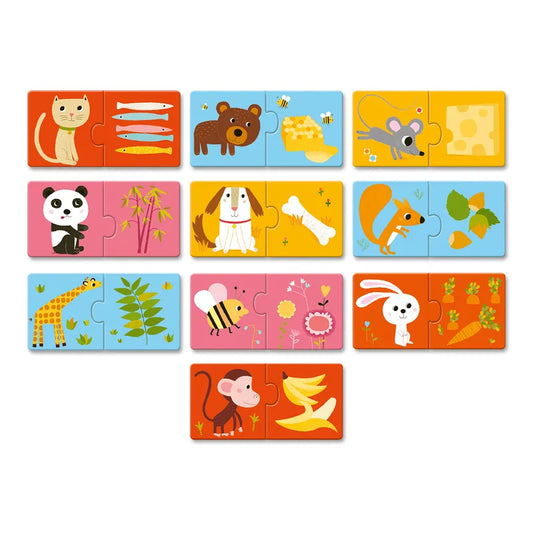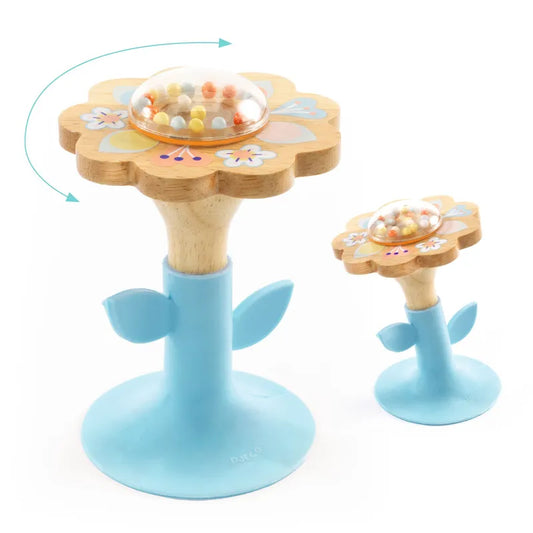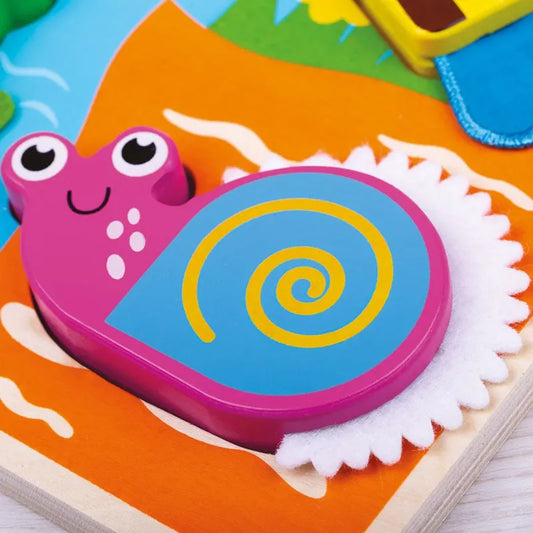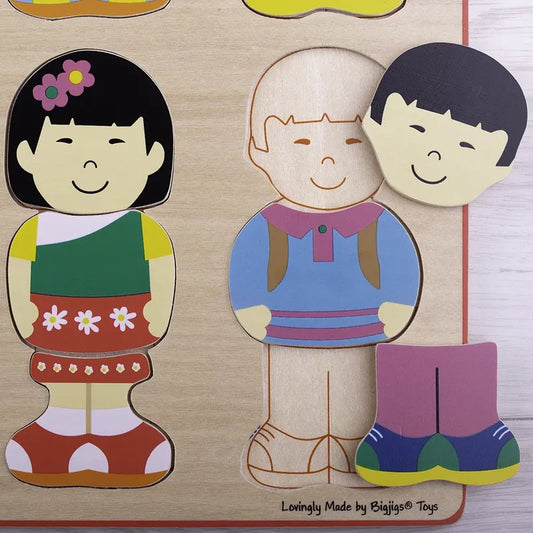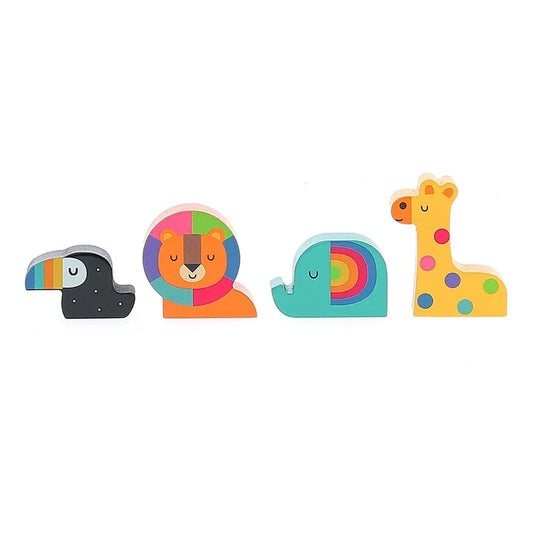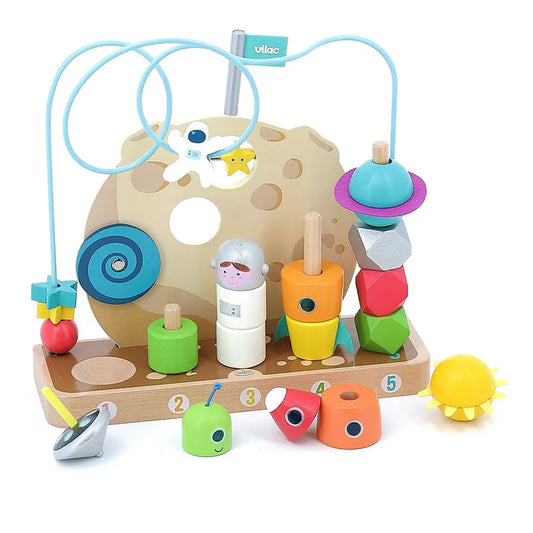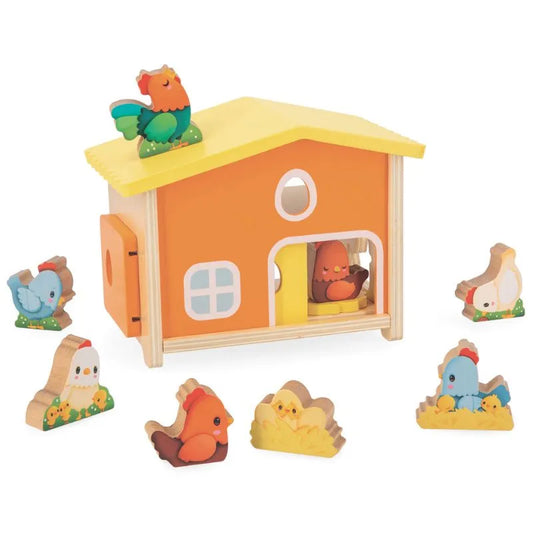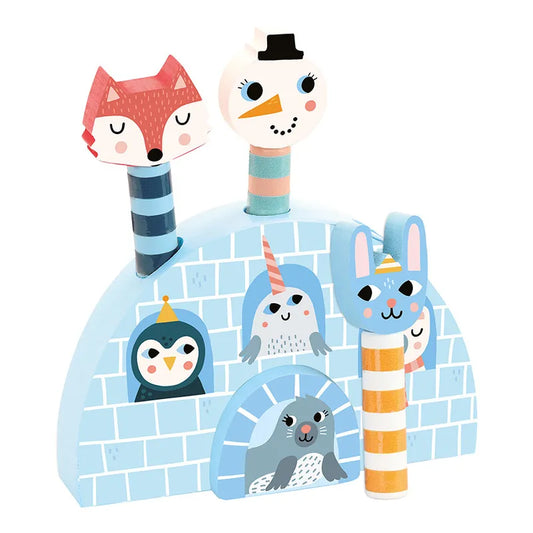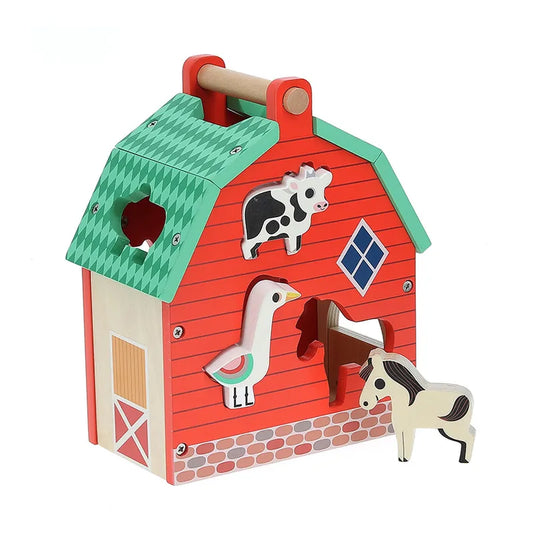-
Christmas Sensory Baubles
Regular price €36.95 EURRegular priceUnit price per -
Lilliputiens Activity Toys Farm Discovery Suitcase
Regular price €30.95 EURRegular priceUnit price per -
Djeco Educational Puzzles Duo Dinner’s ready!
Regular price €9.95 EURRegular priceUnit price per -
Djeco Early Years BabySwipi
Regular price €11.95 EURRegular priceUnit price per -
Djeco Early Years BabyRing
Regular price €10.95 EURRegular priceUnit price per -
Djeco Early Years BabyShaki
Regular price €8.95 EURRegular priceUnit price per -
Touch and Feel Bugs Puzzle
Regular price €19.95 EURRegular priceUnit price per -
Little Friends Puzzle
Regular price €17.95 EURRegular priceUnit price per -
Small Bead Maze Toy Green Blue
Regular price €4.95 EURRegular priceUnit price per -
Cubika Jumping Clowns
Regular price €22.95 EURRegular priceUnit price per -
Cubika Pull along Cat
Regular price €14.95 EURRegular priceUnit price per -
Vilac Animals Train
Regular price €24.95 EURRegular priceUnit price per -
Vilac In the Stars Galaxy Counting Game
Regular price €38.95 EURRegular priceUnit price per -
Janod Farm - My First Chicken Coop
Regular price €24.95 EURRegular priceUnit price per€0.00 EURSale price €24.95 EUR -
Vilac Pop-Up Iceland
Regular price €17.95 EURRegular priceUnit price per -
Vilac My Nice Farm Shape Sorter
Regular price €38.95 EURRegular priceUnit price per






